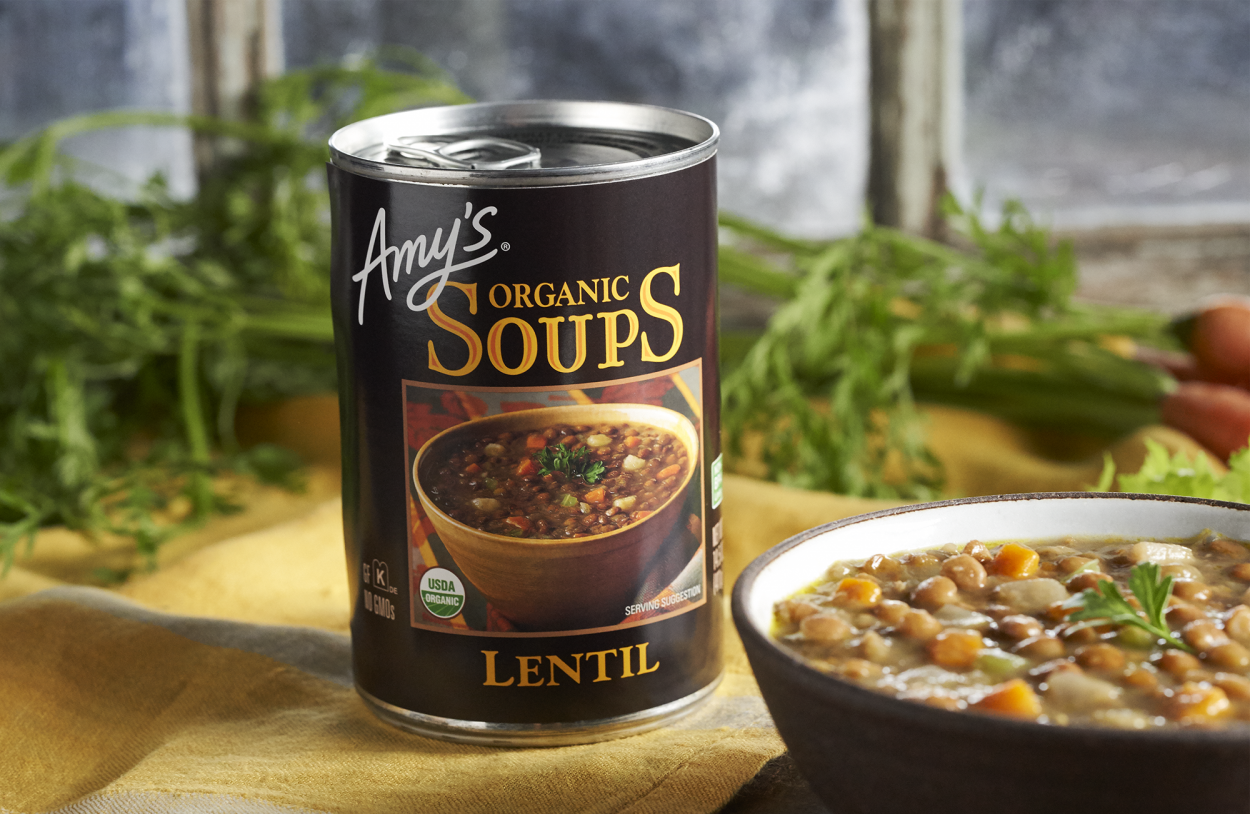What grocers need to know about consumers’ inclination toward high quality, premium brands
The COVID-19 pandemic changed how consumers behave in many ways, from increasing dependence on e-commerce to turning homes into schools and offices to altering how consumers eat and shop.
When it came to feeding their families, the pandemic led more people to eat at home much more, causing a spike in grocery store spending. According to the research firm NCSolutions, the average household spent 19% more on groceries in 2020 than in 2019, and 88% of consumers said that going forward, they planned to cook at home equally or more frequently than they did before the pandemic, indicating a likelihood for grocery spend to remain elevated.
Some of these changes might have permanently altered the food landscape, with consumers cutting back on restaurant spending and switching to higher quality meals they can have at home.
“The pandemic has changed the current balance between food retail and foodservice. That is because changes in daily routines, lifestyles, and needs have led to more at-home preparation. More consumers came back to cooking—or tried it for the first time—and liked the results,” said Wade Hanson, Principal, Advisory Practice at Technomic.
As consumers have shifted to making more meals at home, they have increasingly become concerned with premium, quality products. According to IRI research, consumers traded up for more premium CPG items, with the biggest growth category being premium canned soups. As for why, it’s sensible to point to a shift in consumer knowledge of and preference toward premium options and a desire for homestyle taste without having to make dishes from scratch for every meal. And as consumers head back to pre-pandemic routines, this inclination toward convenient yet high quality foods is likely to stay.
“Number one, consumers have consistently shown they can distinguish between premium brands and conventional or value brands. And number two: Unlike in the past when consumers had been known to request ‘premium’ but ultimately refused to pay more, consumers are now showing a willingness to spend more on quality,” Hanson said.
The bottom line is that consumers are increasingly mindful of their health and wellness, and they are willing to spend their dollars accordingly. According to FMI, 44% of consumers point to health and nutrition concerns as factors that drive their food choices and meal ideas. For retailers, though, knowing what consumers consider to be indicators of premium status is crucial.
“When asked to define ‘premium’ products in a discrete choice analysis, the top five descriptors historically cited by consumers include organic, grass-fed and free-range. Over the past two years, Technomic has seen a significant increase in consumers who feel it is worth it to pay more for name-brand products while voicing a significant decrease in price sensitivity,” said Robert Byrne, Director of Consumer & Industry Insights at Technomic.
The pandemic helped highlight changes that were already occurring throughout our culture. Shopping apps already were allowing people to complete their grocery orders from home and have them delivered. The pandemic accelerated the number of consumers introduced to these services and increased those who were comfortable using the technology regularly.
Likewise, healthy eating and a focus on quality, sustainable and organic products had long been a trend. The pandemic accelerated this trend as well. Consumers wanted high-quality meals at home, but they didn’t all become chefs overnight. In most cases, consumers simply began searching for quality products they could have at home, but that wasn’t overly complicated to make—which explains why canned soups were the biggest growth category for premium.
For shoppers looking for premium, healthy options, vegetable-full, delicious, all-natural and organic ingredients are key—and for some brands such as Amy’s Kitchen, including those ingredients is part of their DNA. What’s more, it’s the brand’s prioritization of quality and homemade taste that sets them apart and what has encouraged so many consumers to make the switch.
“Putting together these important consumer motivations supports the growing appeal of premium brands, as consumers gravitate toward what we refer to as ‘impact purchases,'” Byrne said.
